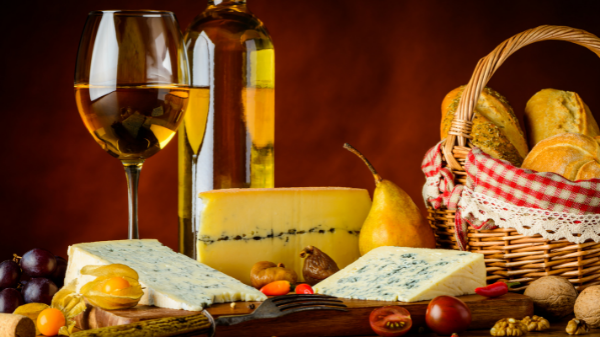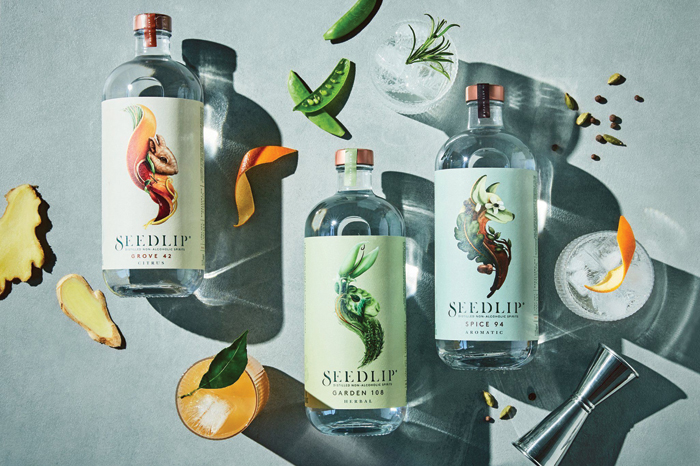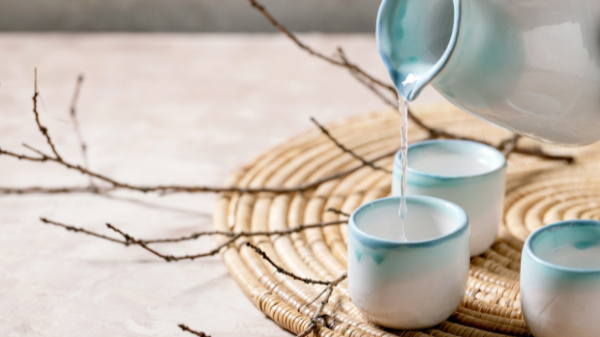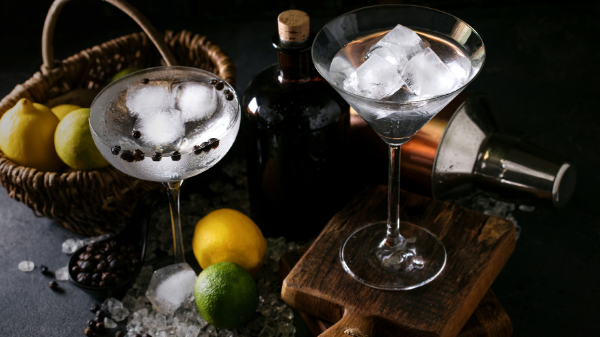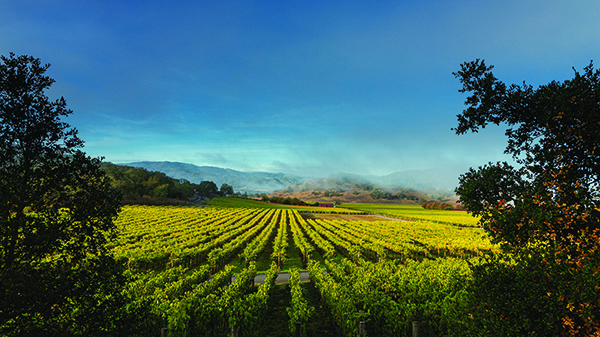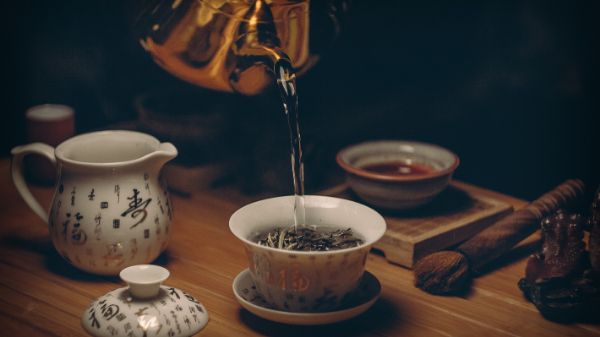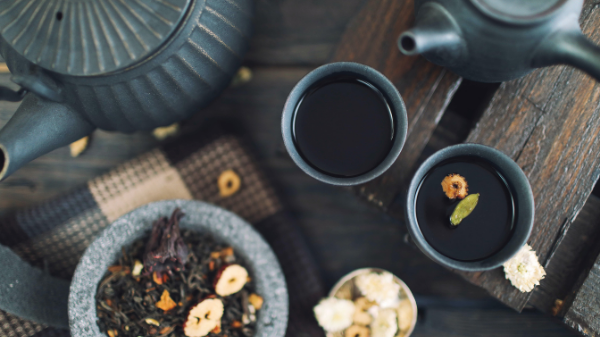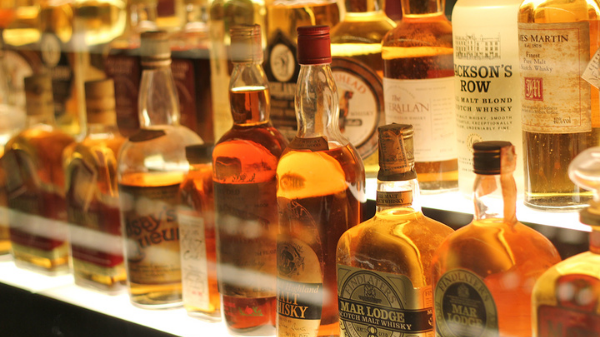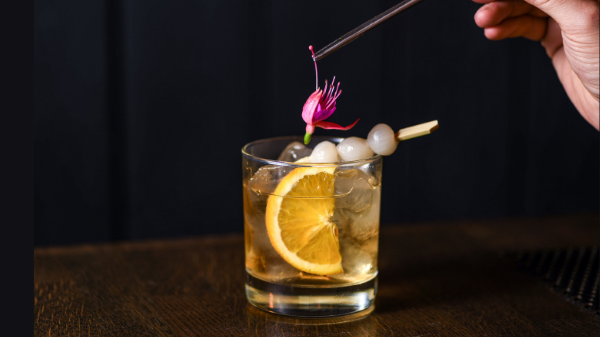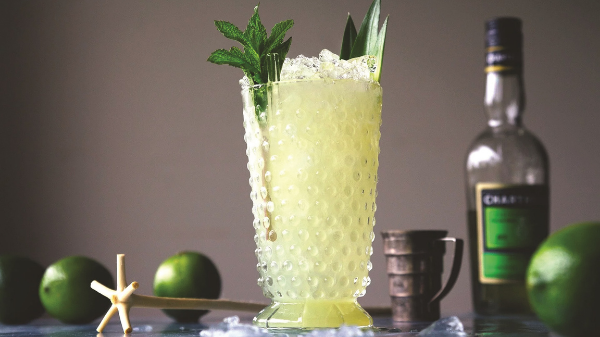Cheese, that oh so richly flavoured and deliciously textured dairy product that often take part during the second or last course of the meal. While they are typically served as is with accompanying bread, honey or fruit, its various distinctive aroma and tastes makes each one makes for a dining experience that merits special attention. Making the most of pairing wine and cheese will often mean selecting a wine that veers off course from the bottle served throughout the meal, but pairing the right one will make it worth the while. If you’re curious to know just how to nail down the perfect cheese and wine pairing, read on…
1. Find the right balance
Balancing the intensity of the wine and cheese is crucial to tasting the unique flavour profile of each one. Typically, wines over 14.5 percent ABV are taste better with equally or more intensely flavoured cheeses, while wines under 12 percent ABV take on a milder flavour profile that pars nicely with more delicately flavoured cheeses.
Try pairing: Carbernet Sauvignon and Cheddar or Pinot Noir and Gruyere
2. Pair aged cheeses with bold red wines
Aged cheeses are higher in fat content, which matches well with the firm tannins in bold red wines (new world wines that can be aged). Imagine a creamy cheddar countering the mouth-drying of a glass of Cabernet Sauvignon.
Try pairing: Monte Pulciano and Parmigiano-Reggiano or Chianti and Grana Padano
3. ‘Funky’ cheese taste better with sweet wine
Funky cheeses are best described by their strong smell, which often are hard to put into words. Indeed, when it comes to cheese, stinkier is better, if paired well with the right wine. The key here is selecting sweet wines which help balance the “funk” in these type of cheeses — resulting in a creamier texture and sweeter taste.
Try pairing: Port and Stilton or Sauternes and Roquefort
4. Pair soft cheeses with sparkling wine
With soft cheeses, because they are mild and delicate by themselves, pairing a richly flavoured wine with this type of cheese would easily overpower its flavour profile and texture. Sparkling wines, however feature a high acidity and carbonation that elevates soft cheeses such as Brie, Muenster and Camebert off the plate and serve as a palate-cleanser for their creamy and sticky texture.
Try pairing: Prosecco and Gorgonzola or Brut champagne and Brie
5. Pair wine and cheese from the same region
It is often said that, when in doubt, pair wine and cheese made from the same region. This is because local traditions of each country typically adapt their food to the wines they produce, and vise versa, which we can confirm, is the case for several of the French and Spanish wines and cheese we’ve tasted.
Try pairing: Sauvignon Blanc and Goat Cheese (Loire Valley, France), Chardonnay and Époisses de Bourgogne (Burgundy, France), or Garnacha and Manchego (Spain).
6. To pair a variety of wines, pick a nutty cheese to match
Turning things around to select a cheese type to accommodate the wine rather than the other way around, as is the case above, nutty cheeses are often safe bets when enjoying a variety of different wines. These cheeses are firmer, longer-aged cow or sheep’s milk. These delicately flavoured cheeses such as Swiss or Gruyere balances the tannin in red wines while also complimenting delicate white wines, making it a versatile option.
Try pairing: Pinot Noir and Beaujolais, Swiss and Reisling, Emmental and Chardonnay or Gouda and Cabernet Sauvignon
Read similar articles by clicking the titles below:
Order these sensational premium caviar at your next soirée…
Wine and Dine: Five versatile wines to pair with Chinese cuisine



